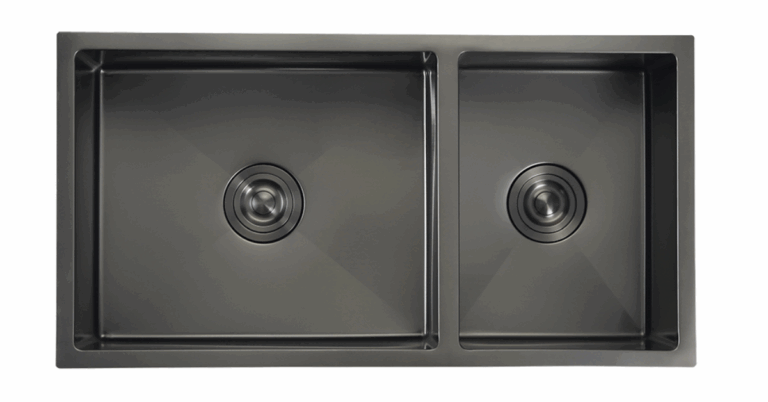The Role of User Experience Design in E-Commerce Platforms
E-commerce has become an integral part of our daily lives, with more and more people turning to online shopping for convenience and accessibility. With the rise of e-commerce platforms, the user experience has become a critical factor in driving success and profitability. User experience design plays a crucial role in ensuring that e-commerce websites are user-friendly, intuitive, and engaging for customers. In this article, we will explore the significance of user experience design in e-commerce platforms and how it impacts overall customer satisfaction and business success.
Why is User Experience Design Important in E-Commerce?
User experience design is the process of enhancing user satisfaction by improving the usability, accessibility, and pleasure provided in the interaction with a product. In the context of e-commerce platforms, user experience design is crucial for several reasons:
1. Navigation and Usability
One of the key elements of user experience design in e-commerce platforms is navigation and usability. A well-designed website should be easy to navigate, with intuitive menus and clear categories that help users find what they are looking for quickly. Complex navigation structures can lead to frustration and abandoned shopping carts, resulting in lost sales for businesses.
2. Visual Appeal
Visual appeal is another important aspect of user experience design in e-commerce platforms. A visually appealing website with high-quality images and a clean layout can create a positive first impression and encourage users to explore further. A cluttered or unattractive website can turn users away before they even have a chance to browse products.
3. Mobile Responsiveness
With the increasing use of mobile devices for online shopping, it is essential for e-commerce platforms to be mobile-responsive. User experience design should prioritize responsive design, ensuring that websites are optimized for various screen sizes and devices. Mobile-friendly websites can improve user engagement and drive sales for businesses.
4. Personalization
Personalization is a key trend in user experience design for e-commerce platforms. By utilizing data analytics and personalized recommendations, businesses can create tailored shopping experiences for each customer. Personalization can increase customer loyalty and drive repeat purchases, ultimately leading to higher revenue for e-commerce businesses.
5. Checkout Process
The checkout process is a critical juncture in the user experience journey on e-commerce platforms. User experience design should focus on streamlining the checkout process, making it easy and hassle-free for customers to complete their purchases. Complicated or lengthy checkout processes can lead to cart abandonment and lost sales.
6. Customer Support and Communication
Effective customer support and communication are essential components of user experience design in e-commerce platforms. Providing clear and accessible contact information, live chat support, and prompt responses to customer inquiries can enhance the overall user experience and build trust with customers. Good customer support can turn satisfied customers into loyal brand advocates.
The Impact of User Experience Design on Business Success
User experience design plays a crucial role in determining the success of e-commerce platforms. A positive user experience can lead to increased customer engagement, higher conversion rates, and improved brand loyalty. On the other hand, a poor user experience can result in frustrated customers, abandoned shopping carts, and negative reviews that can damage a brand’s reputation.
Businesses that invest in user experience design are likely to see a range of benefits, including:
- Increased sales and revenue
- Higher customer retention rates
- Improved customer satisfaction
- Enhanced brand reputation
- Competitive advantage in the marketplace
By prioritizing user experience design and creating user-friendly e-commerce platforms, businesses can differentiate themselves from competitors and attract and retain a loyal customer base.
FAQs about User Experience Design in E-Commerce Platforms
1. What are some best practices for user experience design in e-commerce platforms?
Some best practices for user experience design in e-commerce platforms include prioritizing mobile responsiveness, simplifying navigation, personalizing the shopping experience, and streamlining the checkout process.
2. How can businesses measure the impact of user experience design on e-commerce platforms?
Businesses can measure the impact of user experience design on e-commerce platforms through metrics such as conversion rates, bounce rates, average order value, and customer satisfaction scores.
3. How can businesses improve user experience design on their e-commerce platforms?
Businesses can improve user experience design on their e-commerce platforms by conducting usability testing, gathering feedback from customers, analyzing data analytics, and staying updated on industry trends and best practices.
Overall, user experience design plays a critical role in the success of e-commerce platforms. By focusing on creating user-friendly, engaging, and intuitive experiences for customers, businesses can drive sales, build brand loyalty, and differentiate themselves in a competitive marketplace.







